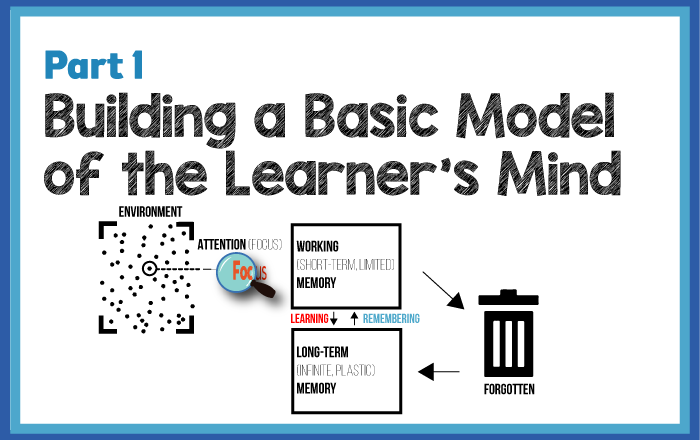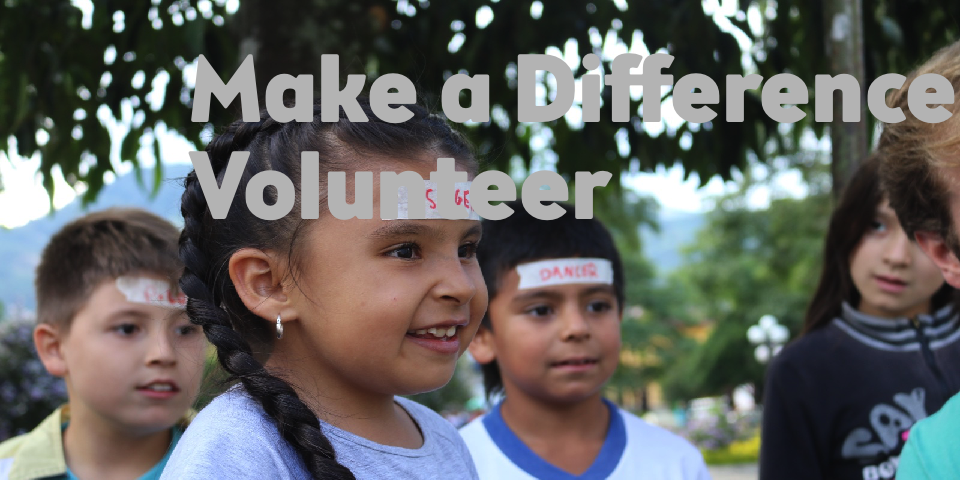To be the most effective learner possible, you must master all aspects of your memory (cognition). How does learning occur? What conditions are neccesary to remembered something learned and how can we prolong that? Can we avoid all forgetting or is it inevitable (and perhaps, even useful?)
In the next series of posts, we will explore various themes from cognitive science research that help us become better learners by understanding what learning needs to look like.
Environment, Attention, Learning, Remembering, and Forgetting
We need to build a working model of the learner’s mind.
There are many models that exist that intent to display how we learn, but one of the simplest, easiest to understand, and most relevant to the ACA Method, is the model by Cognitive Scientist Daniel T. Willingham.

But to me at least this is still confusing.

That’s better. Now lets break the model down a bit and look at memory up close. The analogy we use will be quite powerful later on as we further explore taking advantage of forgetting and taking deliberate breaks in learning.
Memory Is Like A Tossed Ball…

Just like a tossed ball, a parabola is a perfect form to describe what happens in a learner’s mind.
An object in the Environment, enters the Attention of the learner. If nothing else happens, the memory will eventually be Forgotten, much like a tossed ball if not caught will inevitably fall back to the ground (unless gravity fails us…).
This natural force like gravity can be easily explained in phsyical terms: much like a muscle will atrophy if not used, a neuron will weaken if not remembered.

To counter that, you must review and remember before you forget! As the saying goes, nerves that fire together, wire together.
What we Focus on, brings an object from our ENVIRONMENT into our WORKING MEMORY.
Allowing it to be introduced to our LONG-TERM MEMORY and be Learned or Remembered otherwise be Forgotten.
The Learning Curve The Forgetting Curve
We can split the parabolic path of a memory into two phases: Learning (for items that are New) and Remembering (for items to be Reviewed).
Understanding the Learning and Forgetting Curves will allow us to implement the most effective tools in our arsenal as a Learner.

Learning Curve
The learning curve is basically what it takes to fully learn something. Take for example the word “cat”. For someone with a French background, this is going to be quite easy to recognize, as their word for cat is “chatte” and the pronunciation is similar as well.

Someone that speaks Hungarian however is going to have a steeper Learning Curve because “macska” is not that similar.
Forgetting Curve
The Forgetting Curve was first discovered by Hermann Ebinghaus and he published his findings in 1885. Experiments have done ever since showing how remarkably similar the forgetting curves are for people across different cultures and how similar forgetting curves can be found in many other animals.

Beating the Forgetting Curve is basically the most important thing we can do as a Learner.
Surmounting The Learning Curve and Resisting The Forgetting Curve
It is absolutely crucial that elements of both the Learning Curve and the Forgetting Curve are explored as this is what a Learner can manipulate in order to:
- Learn more effectively, profoundly, and quickly and
- Remember (Not Forget) longer, more fluidly, and with more accessibility.
In this series of posts, we will continue to develop our Learner Model so as to best illustrate how we can do just that.

